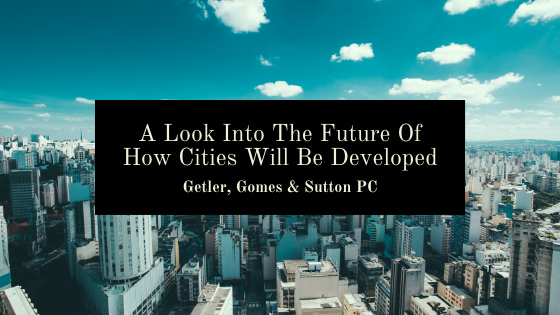The World Economic Forum (WEF) brings together city planners to consider the fast-paced changes in society that are affecting urban development. Even though cities cover only 2.6 percent of the earth’s surface, they provide residences to over half of the global population. Due to major growth projected for cities in the next three decades, it’s imperative for cities to begin planning for this expansion now.
Population Projections
By 2050 an estimated 9.6 billion people are expected to inhabit the earth. Most of them will live in cities, which will make up about 66 percent of the population, according to the Swiss non-governmental organization WEF.
Due to rapid population growth, cities have the opportunity to expand their contribution to global GDP, which currently accounts for over 80 percent. City planners must be on target with budgets, projections, and execution; otherwise, the result of population growth can turn into economic decline.
Urban Evolution
At no other time in history have cities rapidly evolved in the manner of the current landscape. Effective local leadership is needed to achieve social, economic, and environmental goals. With guidance from the Forum, these city officials can review and revise city policies to upgrade urban infrastructure and services.
Some of the goals for cities should involve adopting more efficient programs and policies that benefit local businesses while moving toward sustainable solutions. Environmental awareness continues to grow, as citizens are increasingly demanding cleaner air and water.
Businesses must move toward social responsibility and play a community role in creating jobs while reducing waste and pollution. Embracing more eco-friendly and energy-efficient solutions will contribute to a more human-centered infrastructure.
Preparing for Migration
It’s crucial to understand the potential for major city migration in the future. People were constantly moving out of the high cost of living places such as New York City and San Francisco to pursue more affordable living elsewhere. Many people are moving to the Midwest and the South for lower housing costs.
Circular Economics
Money changes hands frequently, but the more it stays local, the more it moves in circles within a region, creating economic stability and sustainability. Policies need to be flexible enough to allow for sharing experiences and circular economics. For maximum flexibility, urban planners should aim for a mix of traditional and innovative business models.
